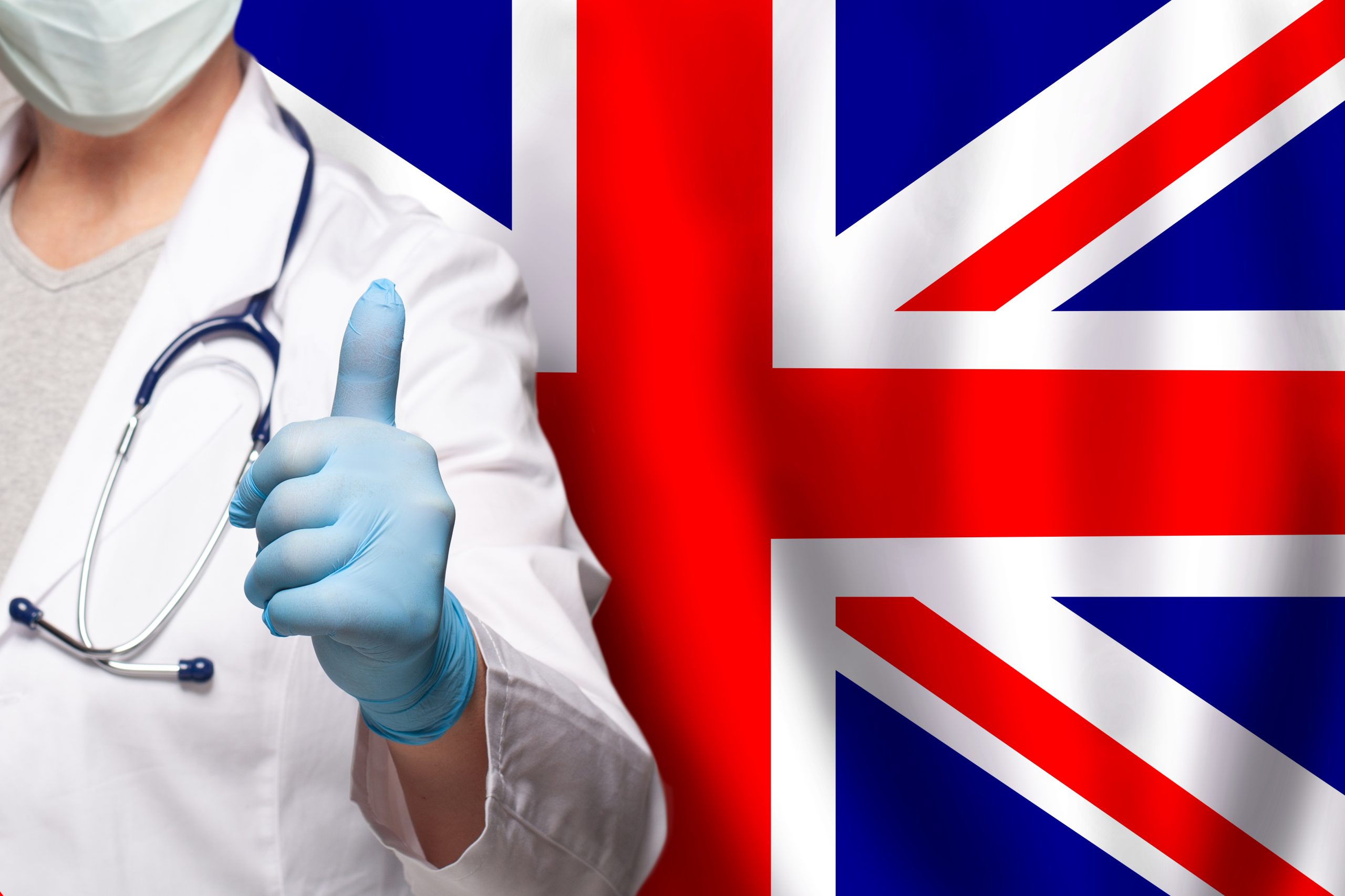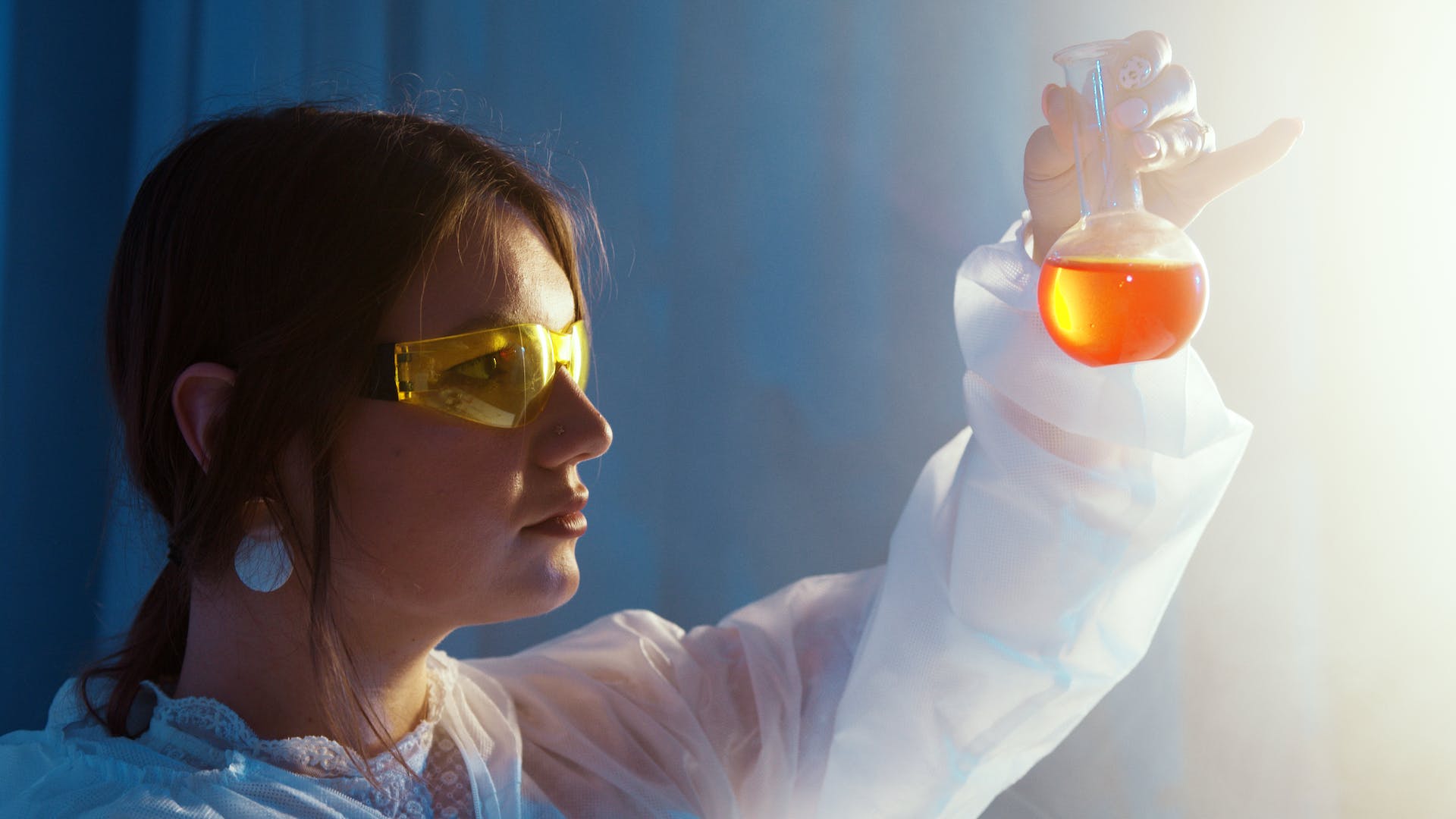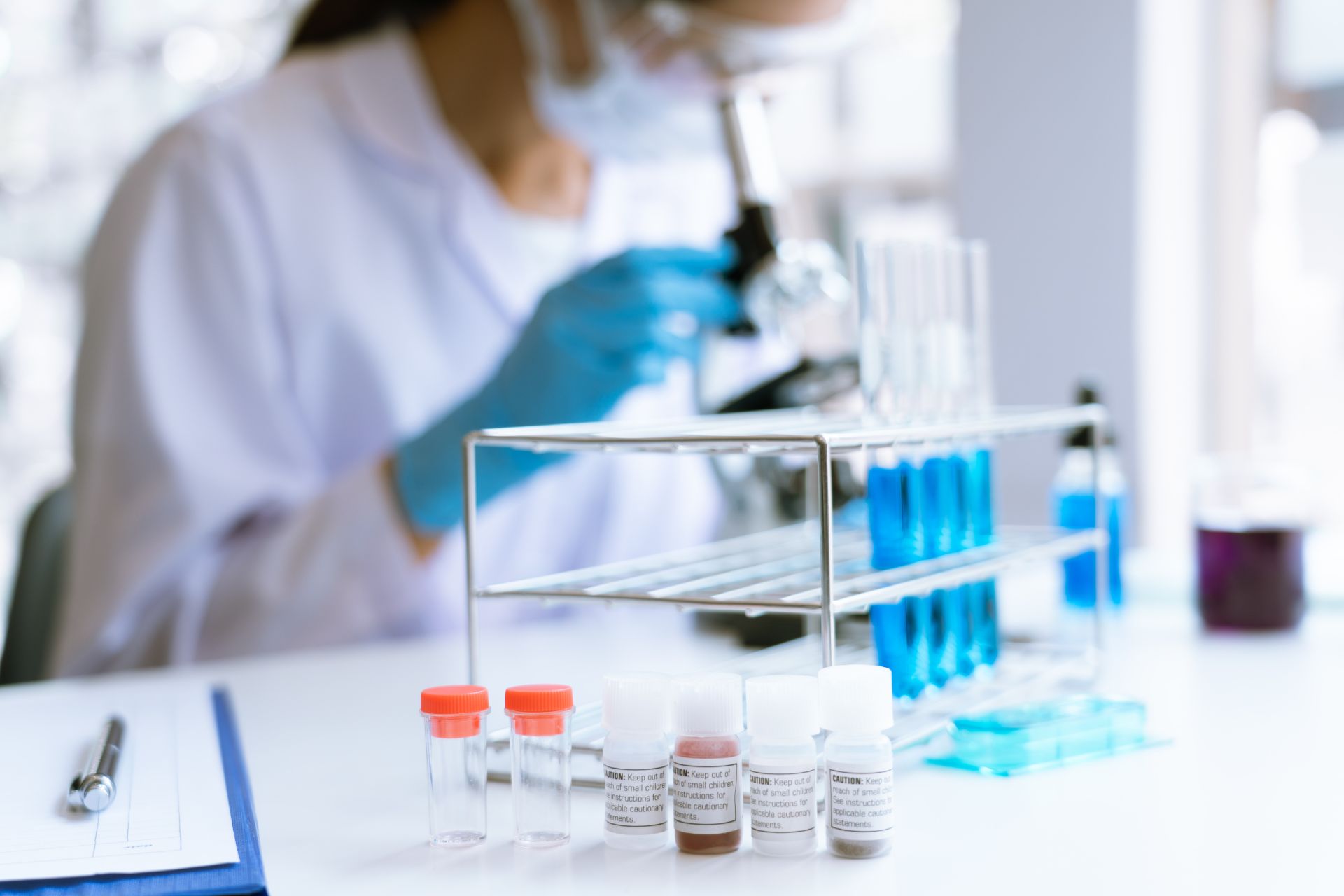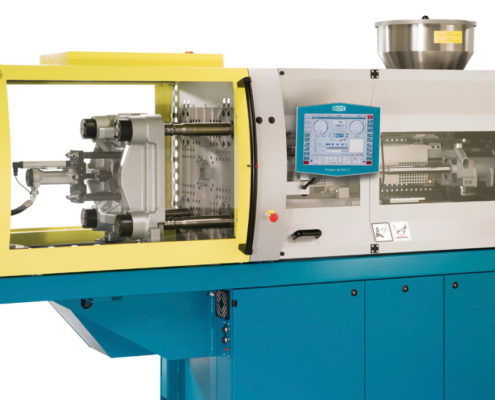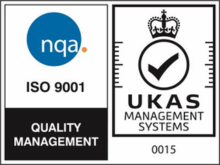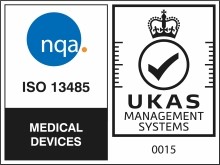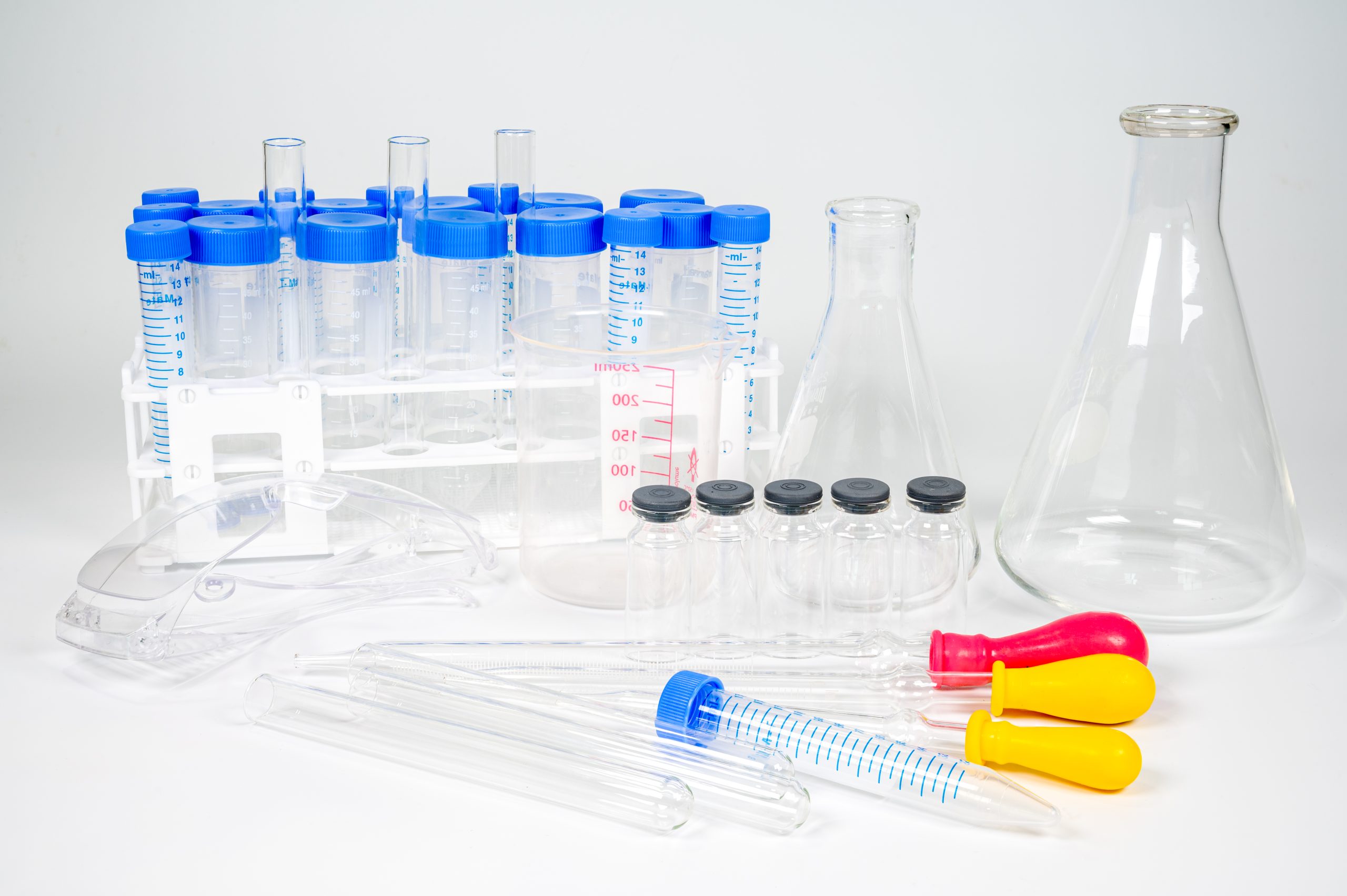
June 24, 2025
The difference between sterile and non-sterile lab products (and when to use each one)
In a laboratory setting, a sterile product is one that is totally free of living microorganisms such as germs, bacteria, microbes and viruses. They are put through a careful sterilisation process to remove any such contaminants before they are allowed to be used. They are highly suitable for higher-risk medical and scientific applications. They are also essential pieces of kit for clean rooms and medical labs where test results absolutely cannot be compromised by contamination. Sterile products need to be packaged carefully in sterile containers, film or packets.
Non-sterile products, on the other hand, are not subjected to the same sterilisation process. They may contain low levels of bacteria, viruses and other microorganisms and are better suited for more general laboratory tasks where sterility is less critical. Some examples could include storing chemicals, general PPE (eg, gloves and dry bandages. While they are classified as non-sterile, these products are still manufactured with extreme care to be as clean and contaminant-free as possible. They tend to be cheaper than sterile products, due to the simpler manufacturing processes involved.
When to use sterile and non-sterile lab products
Many examples of when to use sterile and non-sterile lab products can be found in the medical and healthcare sectors. Keeping wounds free from germs and bacteria is key, as well as keeping equipment such as catheters and medical implants completely clean. Other sterile medical items include pipette tips for PCR (polymerase chain reaction) and DNA testing, gloves and other surgical implements and sterile culture media used to grow cells for testing or medical use.
Sterile lab and medical equipment also extends to surgical drapes, sutures, instruments and catheters, which come in sealed packages and are only opened at the last minute before they need to be used. The packaging must be carefully stored, handled and opened according to the manufacturer’s instructions. Wound dressings and other products that are designed to come into contact with broken skin also tend to be sterile, again to prevent contamination from impeding recovery or making matters worse.
Non-sterile items come in simpler packaging that does not need to be kept sterile when opening, although cleanliness and care are both essential during any medical or scientific laboratory procedures. Examples of non-sterile lab or medical supplies include pipette tips for general liquids, gloves used for cleaning or non-critical laboratory tasks, glassware for routine experiments, items used for non-invasive examinations and general wound cleaning. Non-sterile filters are used for general filtration jobs, including removing larger particles from a liquid or separating the contents inside a test tube or laboratory glassware.
How to store sterile and non-sterile lab products
Always store sterile and non-sterile lab products separately to prevent contamination. Keep sterile products in a clean, dry environment in a closed cabinet or covered shelf. Store them well away from moisture and sinks or basins and areas that experience regular temperature fluctuations. Handle them carefully, wearing gloves and keeping them packaged until the last minute. Pay close attention to expiry dates and follow the manufacturer’s instructions for storing and handling.
Non-sterile lab products must also be stored carefully, kept in a designated area away from sterile items. Handle them with clean gloves and label everything carefully for easy retrieval. Make sure staff are trained in procedures for storing and handling sterile and non-sterile products.


